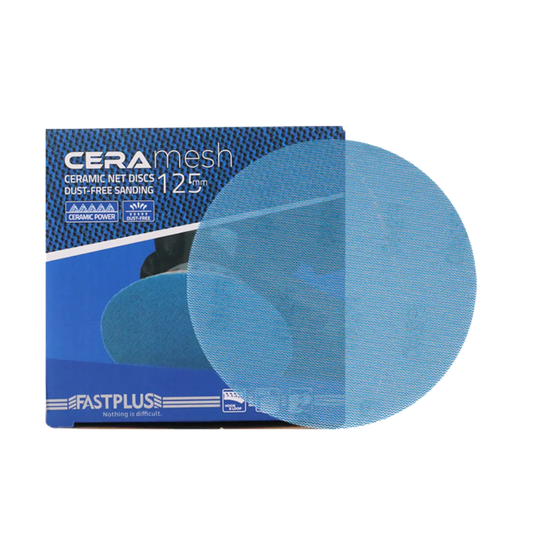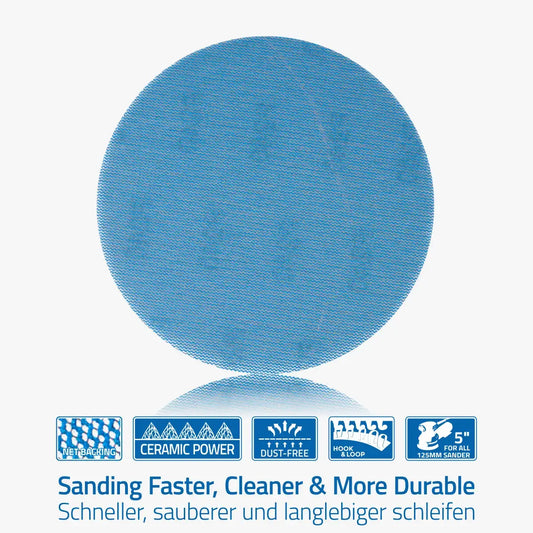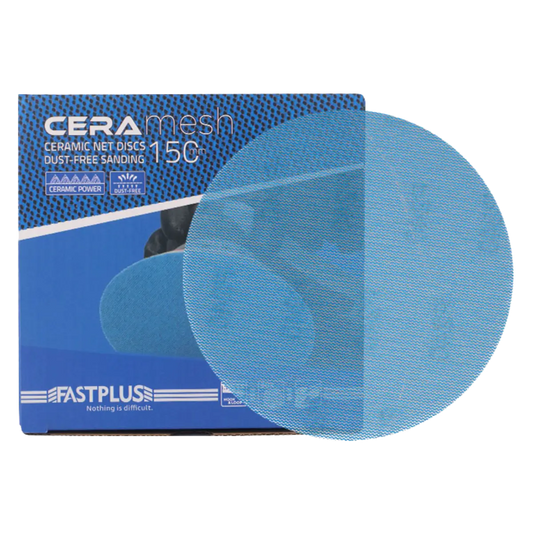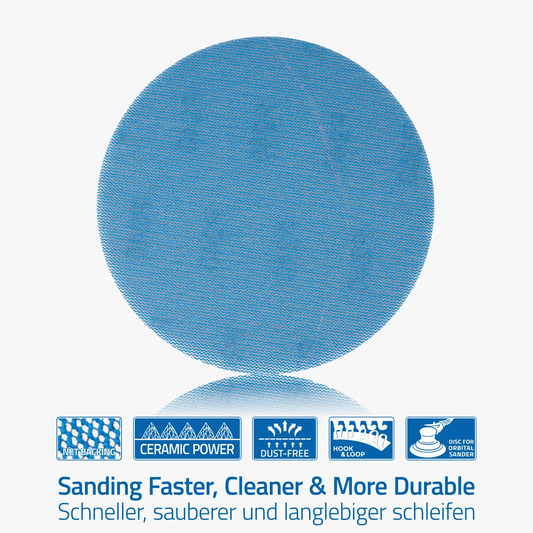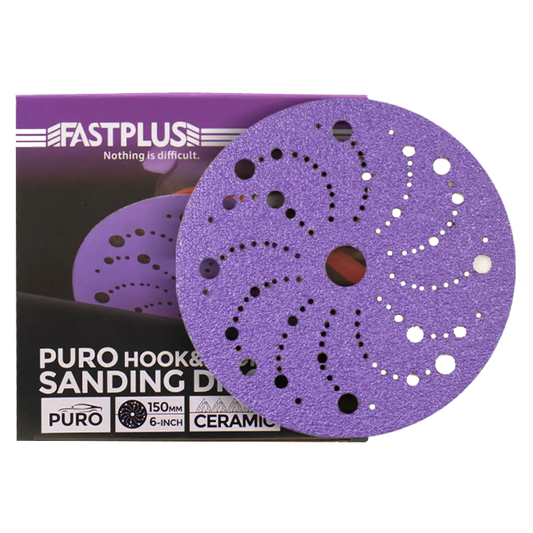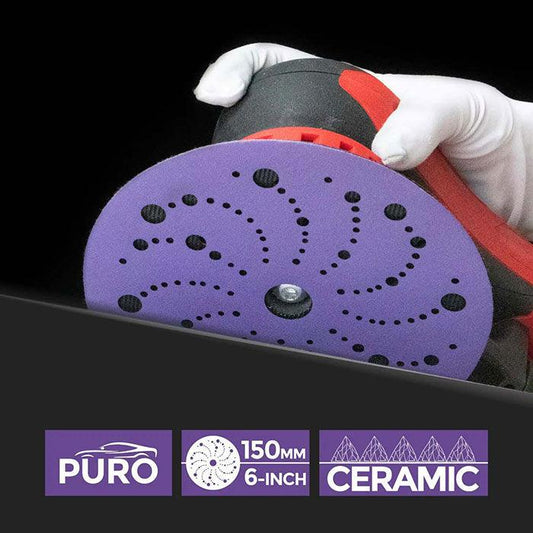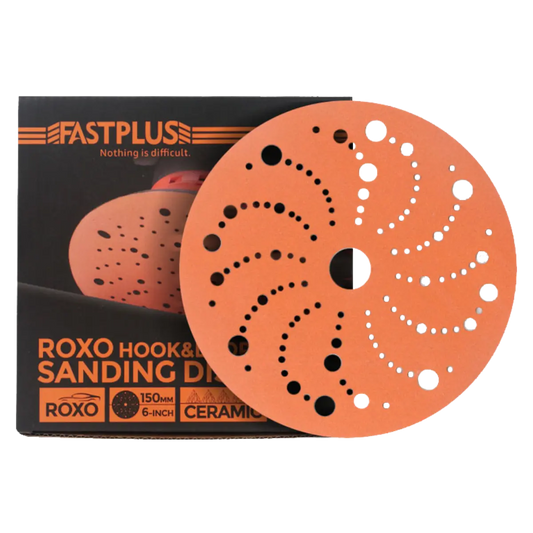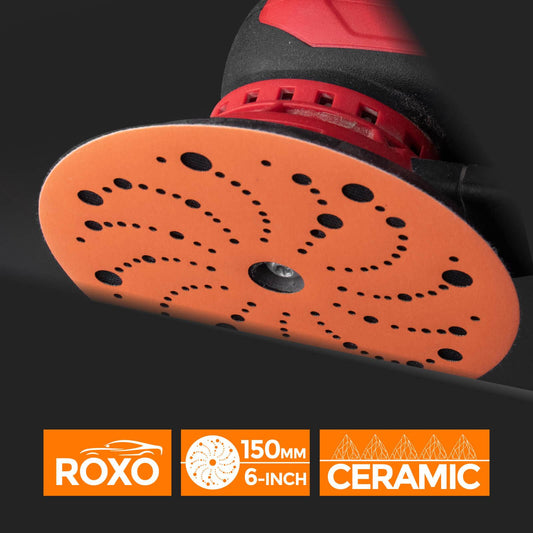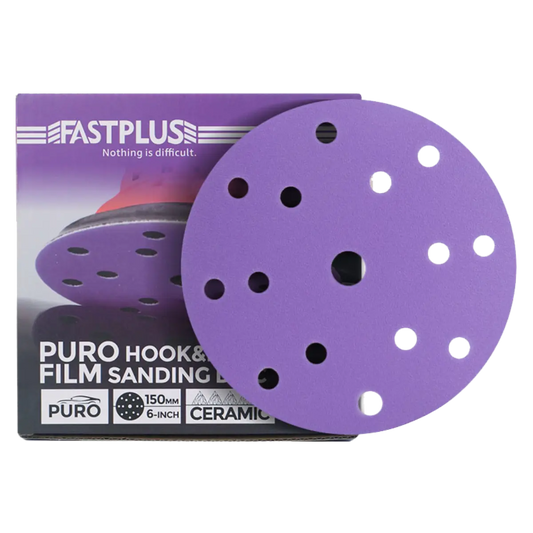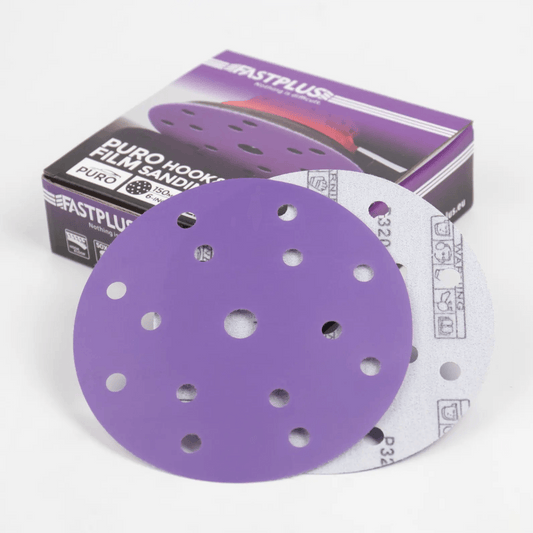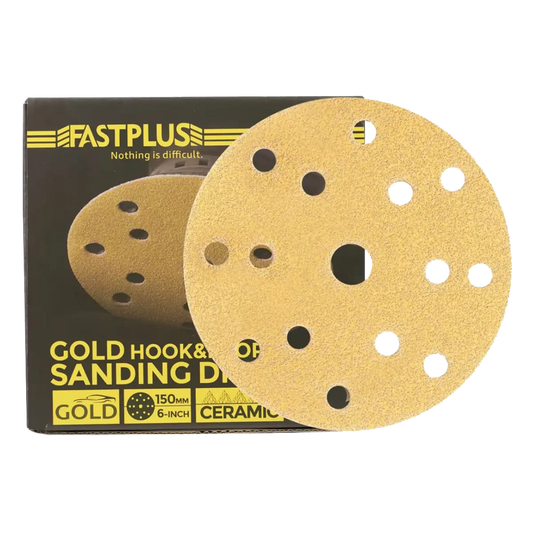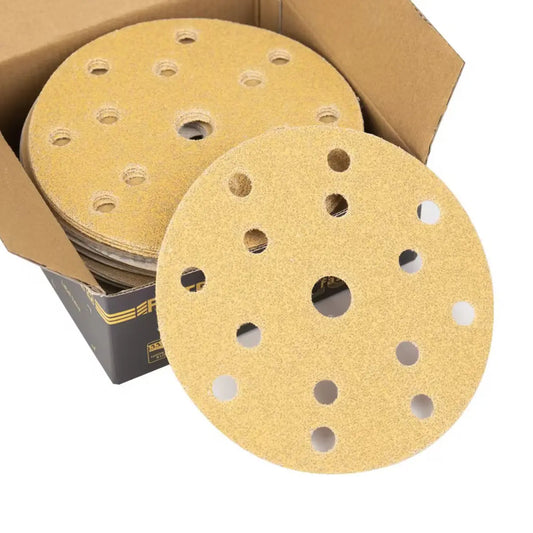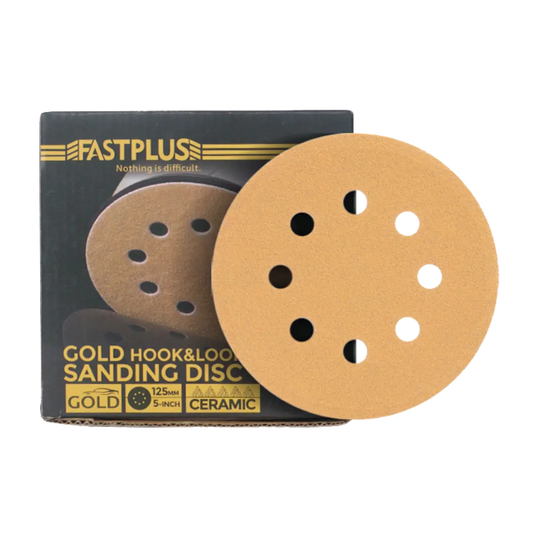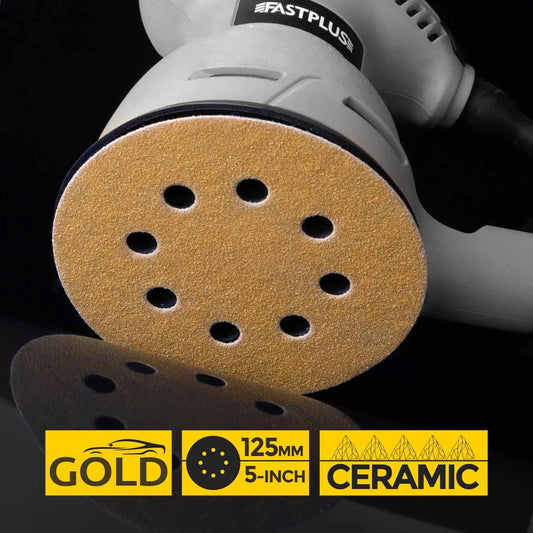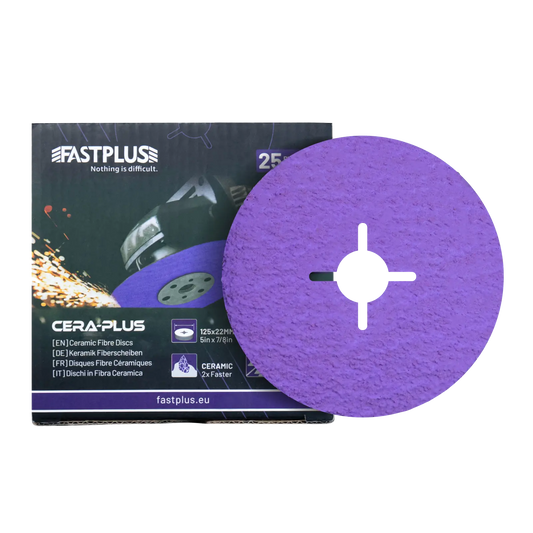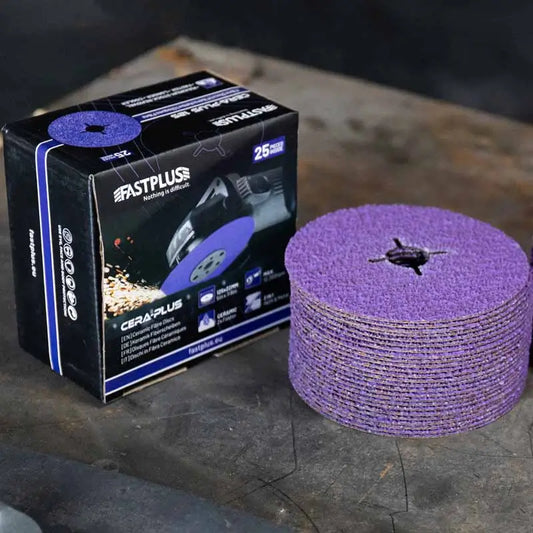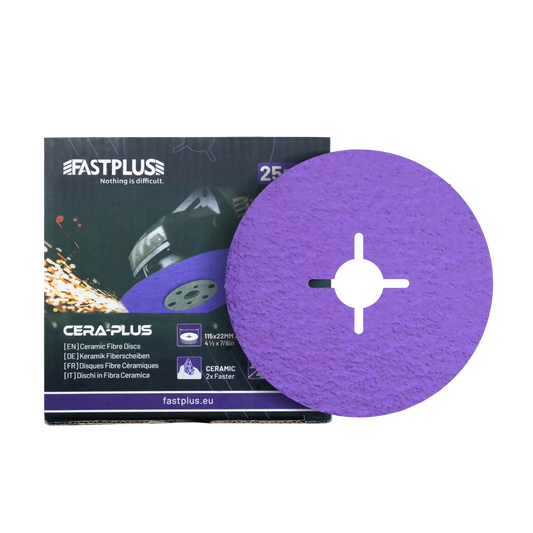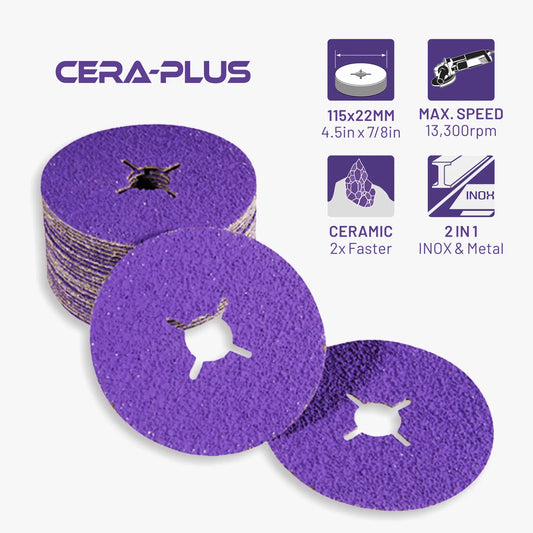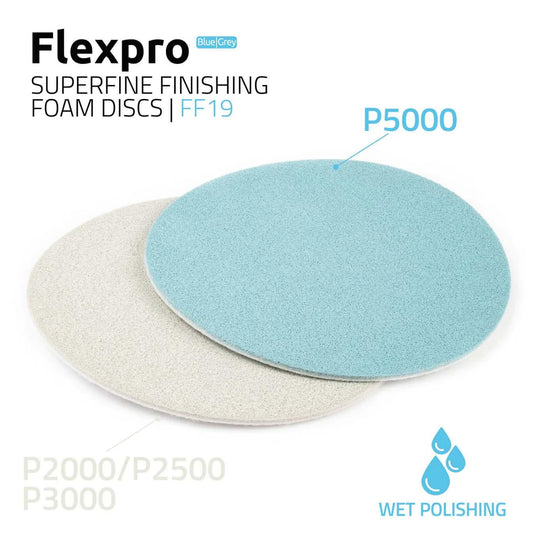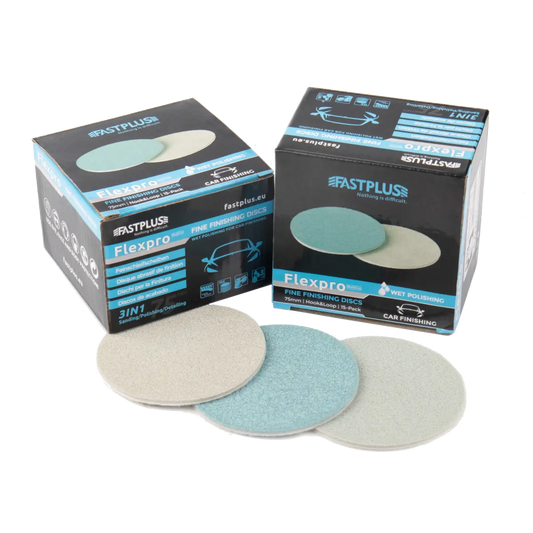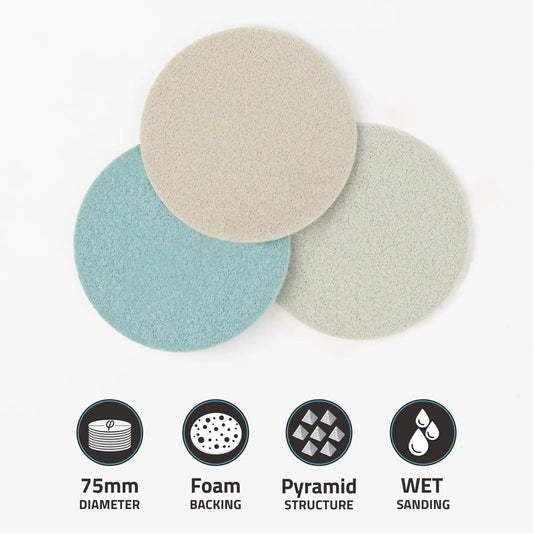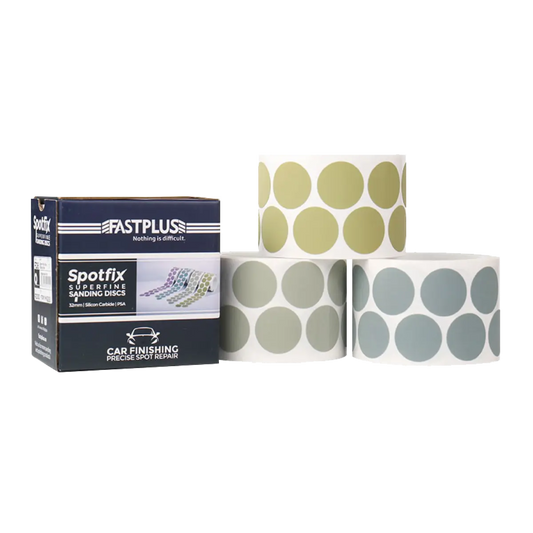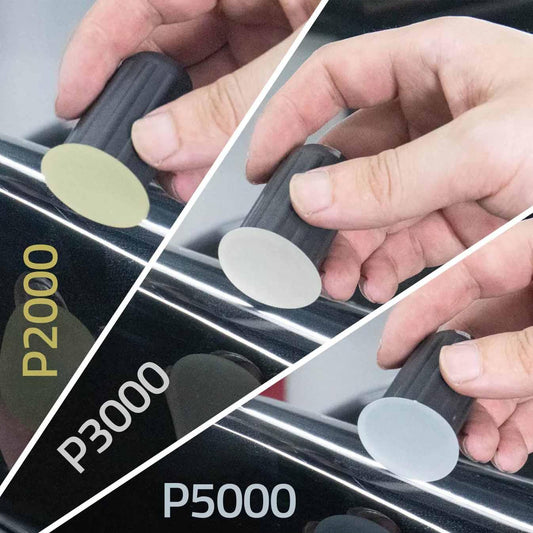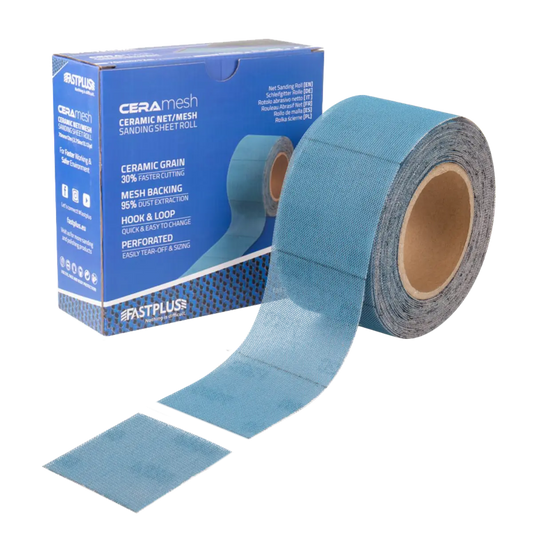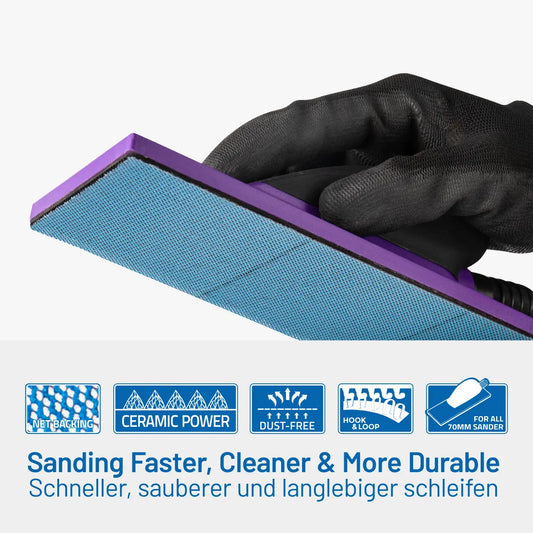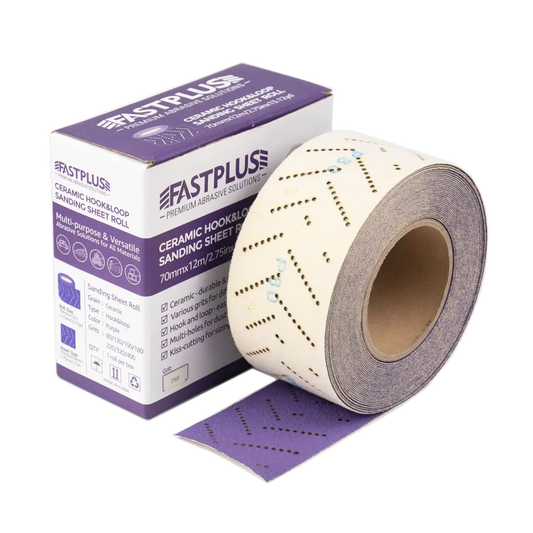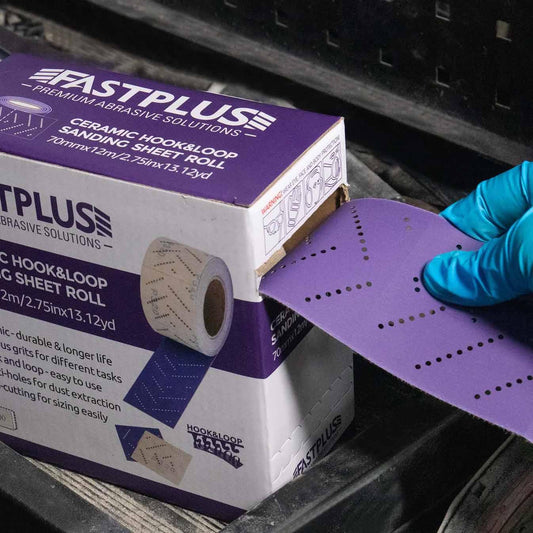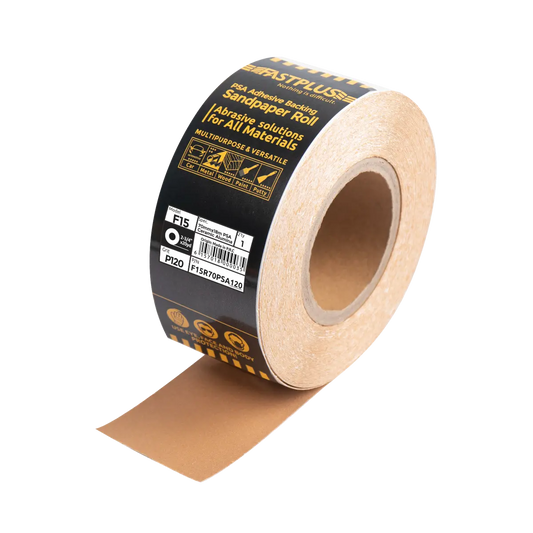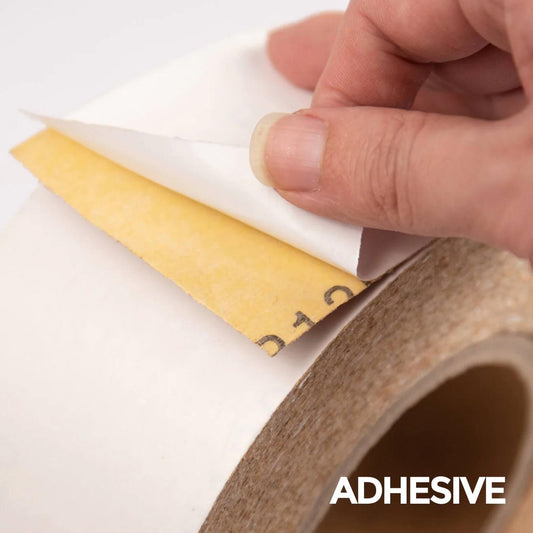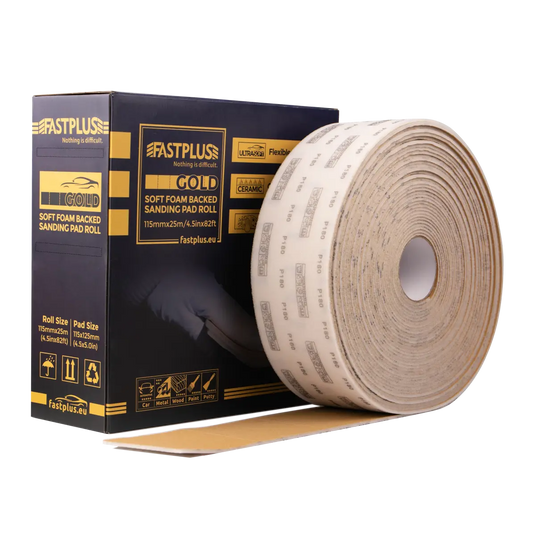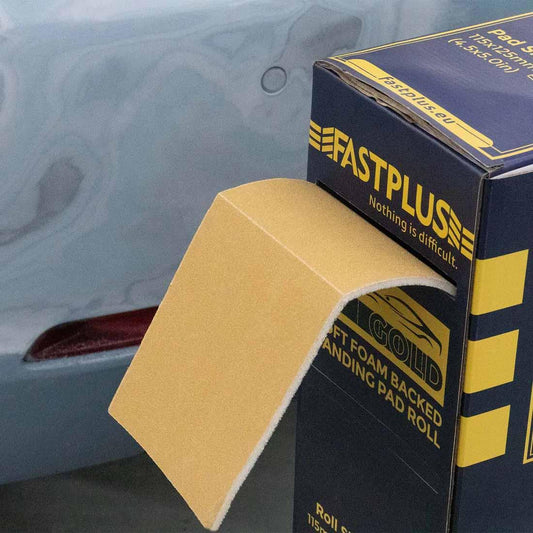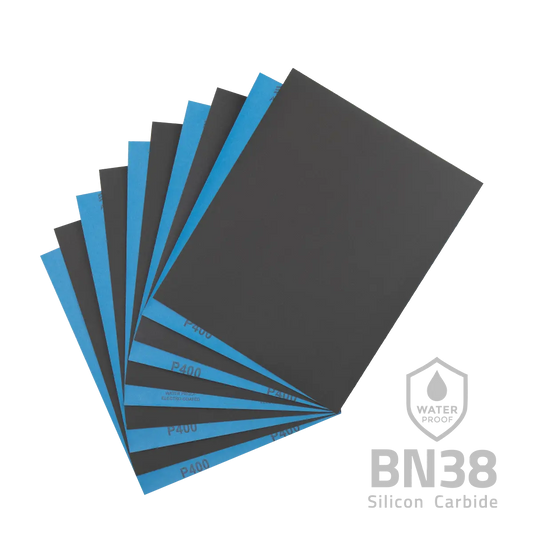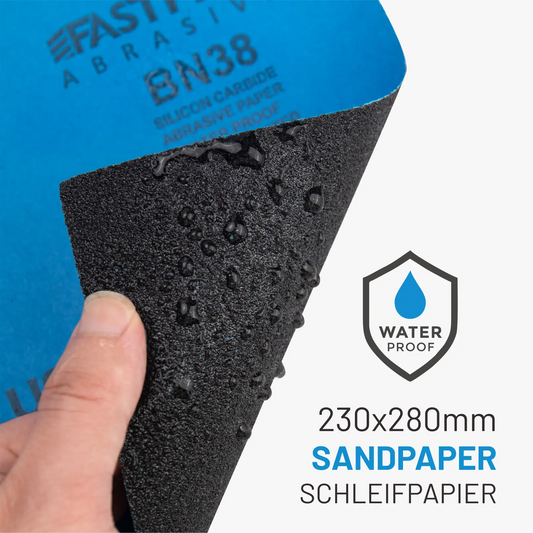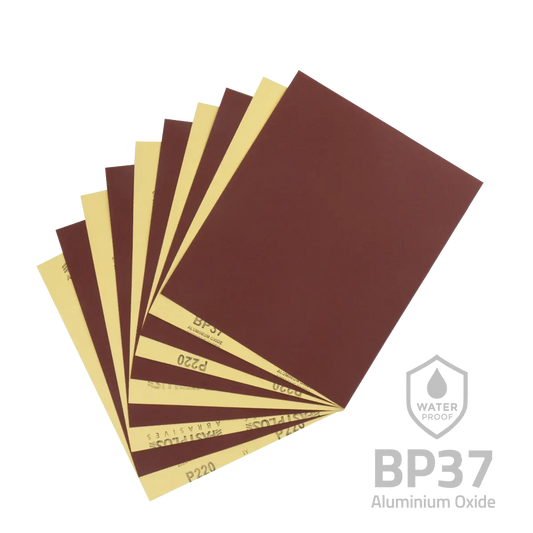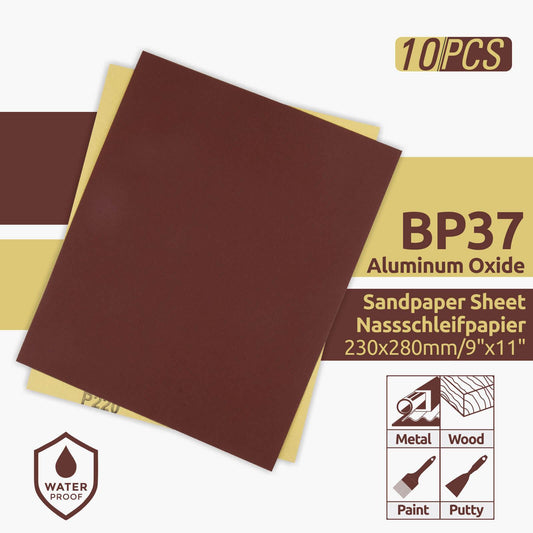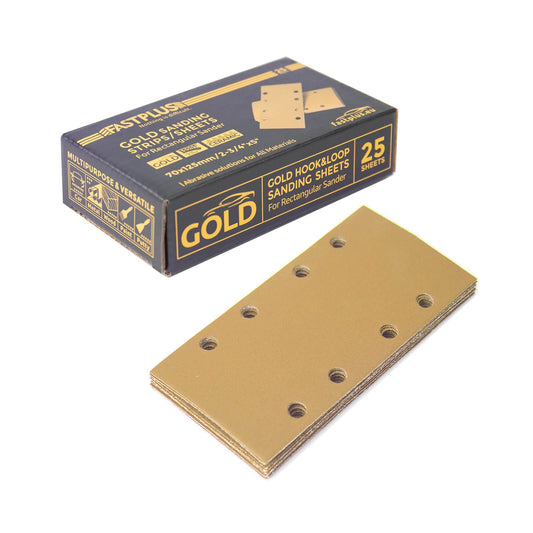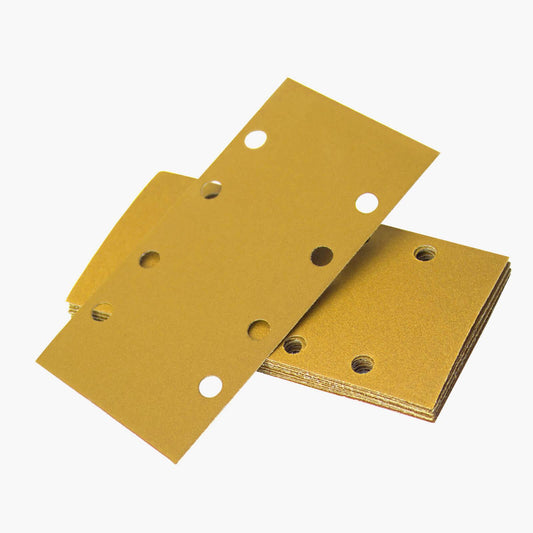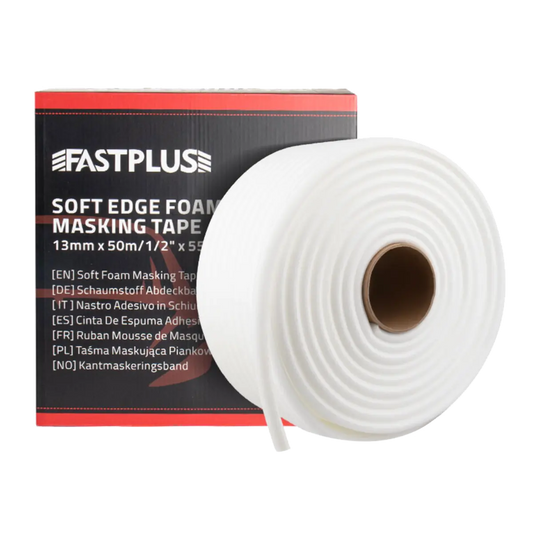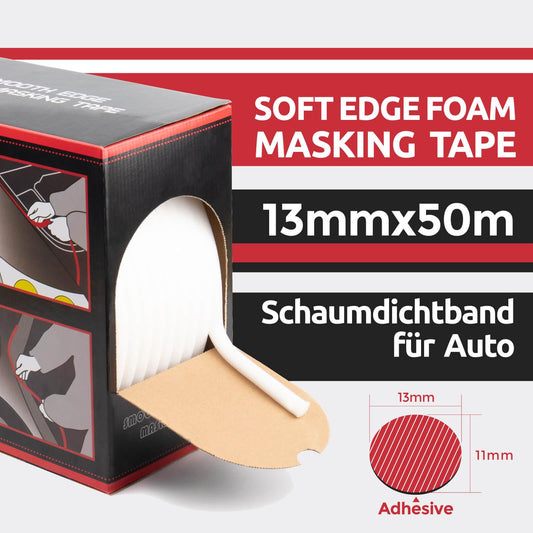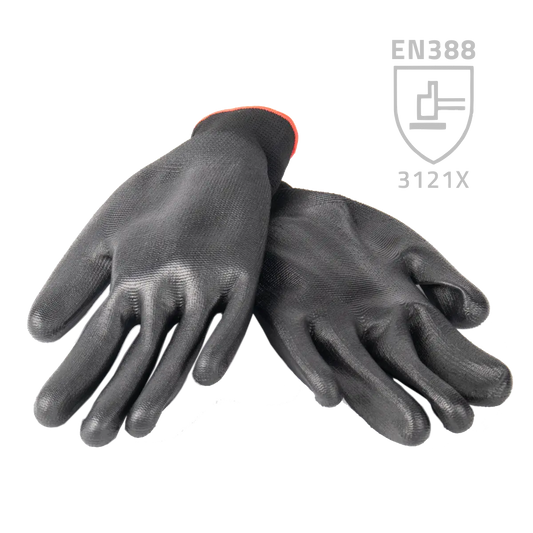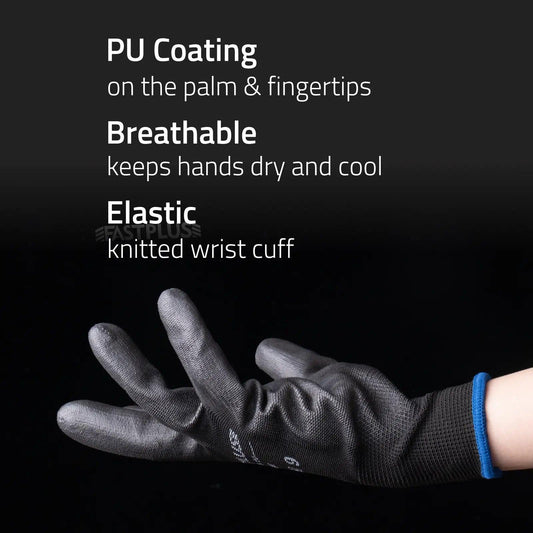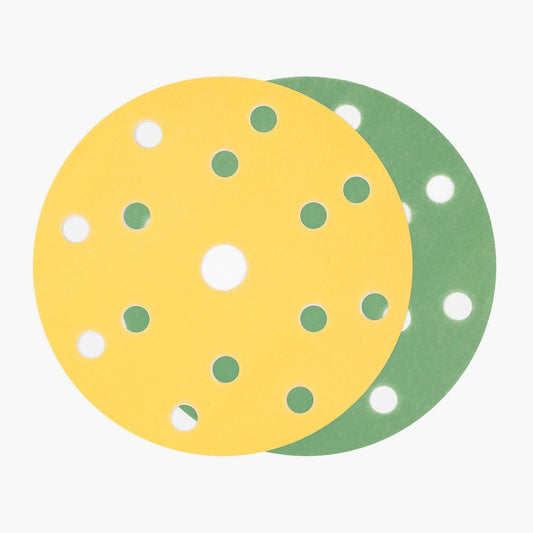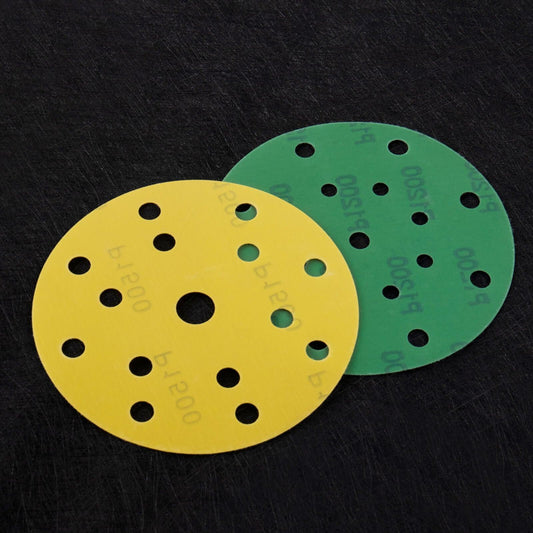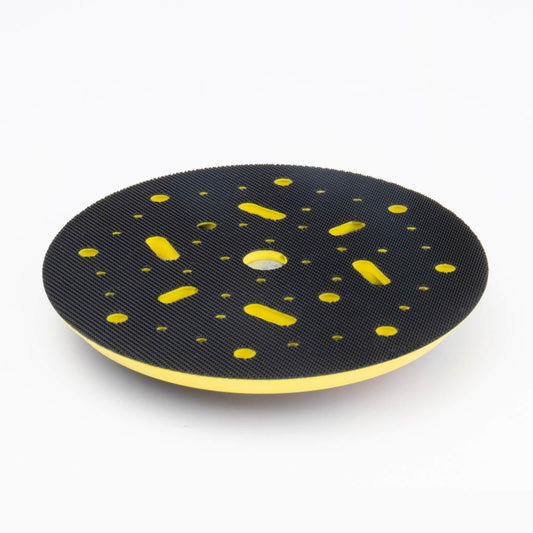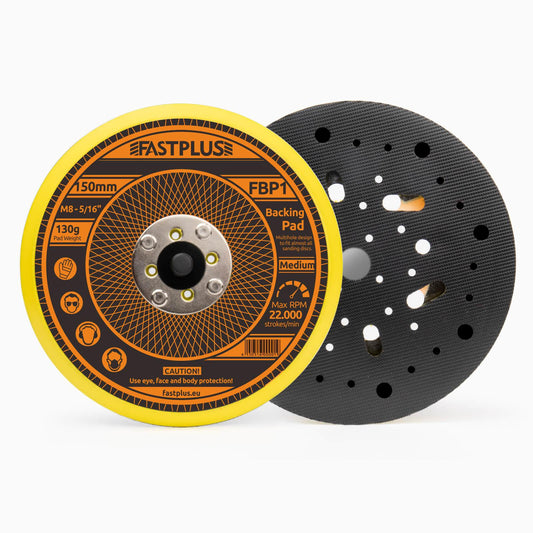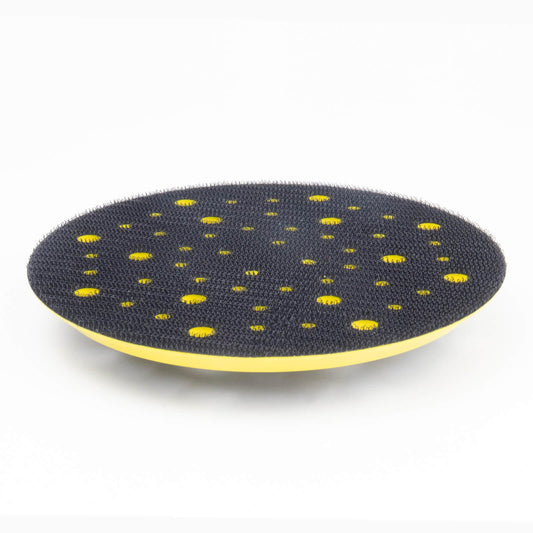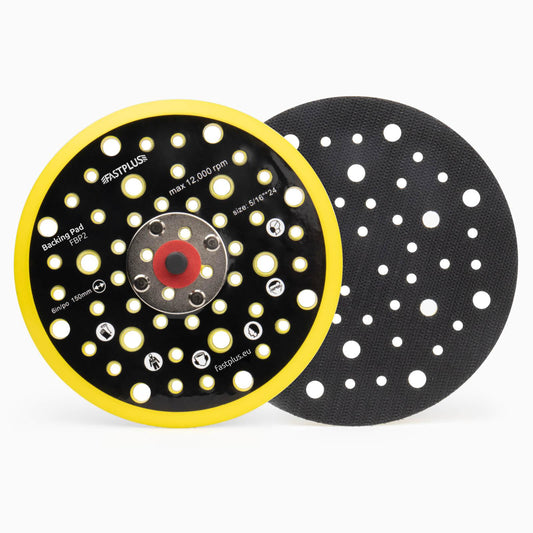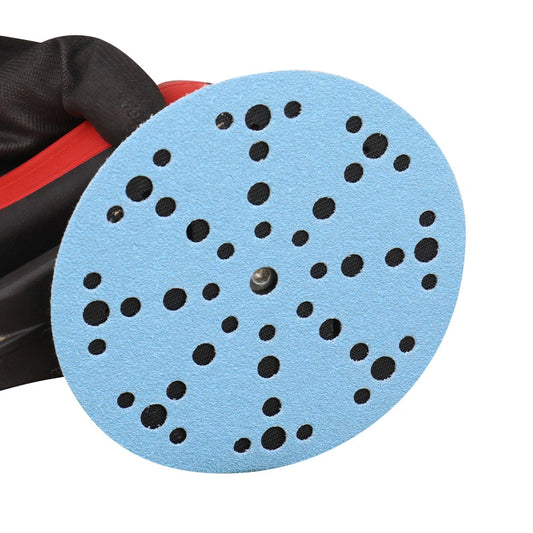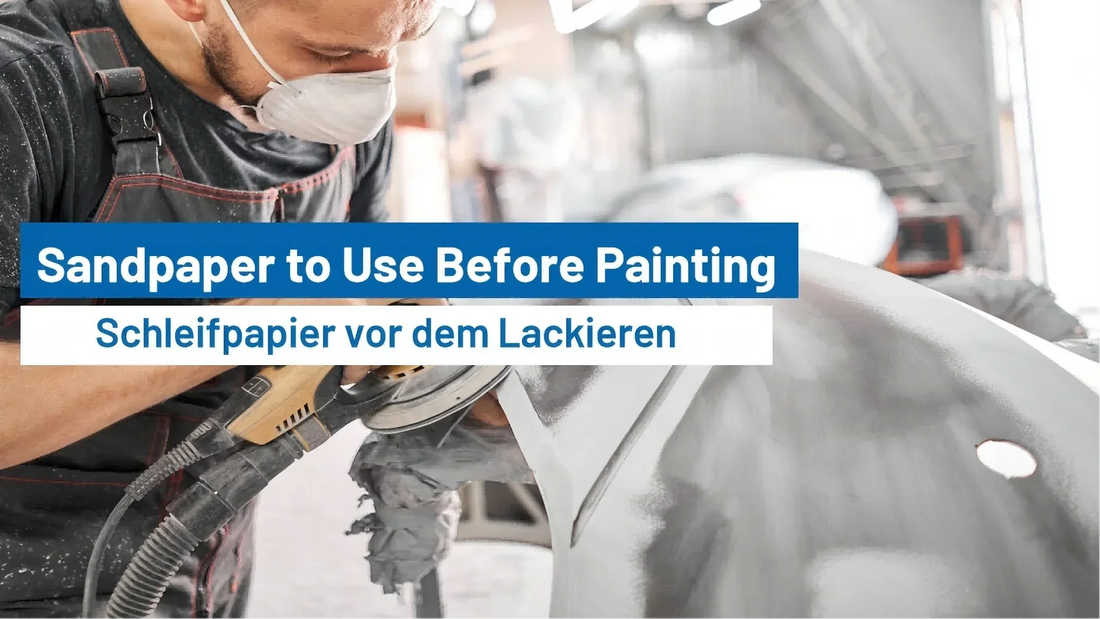
Which Sandpaper to Use Before Painting?
When painting surfaces, choosing the right sandpaper before applying paint is crucial for achieving a flawless result. Sanding ensures that the surface is smooth and free from imperfections, improving the adhesion of the paint to the material being worked on. In this article, we will discuss which sandpaper to use before painting, the important sanding techniques, and how to avoid mistakes when choosing sandpaper.
Why is Sanding Important Before Painting?

Before you start painting, it's important to sand the surface to ensure that the paint will adhere evenly and properly. Sanding not only removes old paint layers but also eliminates dust, rust, or imperfections that could interfere with the paint job. A surface that is not sanded properly can cause the paint to peel off or result in uneven, unsightly spots.
Sanding also helps the paint adhere better, especially to smooth surfaces like metal or plastic. Without proper sanding, the paint may not adhere well and could peel off after a short time. Additionally, sanding smooths the surface, which leads to a flawless finish.
Which Types of Sandpaper Are Suitable for Sanding Before Painting?
The type of sandpaper you need depends on the material you're working with and the condition of the surface. There are various types of sandpaper suitable for sanding before painting, including dry and wet sanding methods, as well as different grit sizes.
1 Grit Size of Sandpaper
The grit size of sandpaper indicates how coarse or fine the paper is. Lower grit (e.g., 80-120) is coarser and suitable for removing paint layers or sanding rough surfaces. Higher grit (e.g., 240-400) is finer and ideal for the final sanding before painting to achieve a smooth, even surface.
Coarse Grit (80-120): If the surface is heavily worn or you need to remove old paint layers, you should choose sandpaper with coarse grit. This grit is also useful for sanding wooden surfaces with significant imperfections. It is typically used in the first sanding step to create an even base.
Medium Grit (150-220): After the initial coarse sanding, use medium-grit sandpaper to further refine the surface. This helps remove smaller scratches and imperfections caused by coarse sanding.
Fine Grit (240-400): Before painting, it is important to make the surface smooth and free of scratches. Fine grit paper (240 or higher) ensures the surface is smooth and even, which is essential for a flawless finish. This grit is used after the coarser sanding steps to prepare the surface for the final coat.
2 Dry Sanding vs. Wet Sanding
Sandpaper can be used for both dry and wet sanding. In dry sanding, the paper is used without water and is ideal for sanding wood, metal, or plastic. Wet sanding involves using sandpaper with water, which makes the sanding process smoother and helps prevent sanding dust from scratching the surface.
Dry Sanding: For most painting applications, especially when working with wood or metal, dry sanding is the preferred method. It is simple and effective, particularly for coarse sanding tasks.
Wet Sanding: Wet sanding is commonly used when an especially smooth surface is required, particularly for high-gloss paint finishes. This method is often used when sanding automotive surfaces before painting. Wet sanding reduces dust buildup and results in a more uniform surface.

Sanding Methods for Different Surfaces
Depending on the type of surface you are painting, you need to apply different sanding techniques and types of sandpaper.
1 Sanding Wooden Surfaces
Wooden surfaces often require thorough sanding before painting to create a smooth and even foundation. Start sanding with coarse grit (80-120) to remove imperfections. Then move to medium grit (150-220) to further smooth the surface, and finish with fine grit (240-400) to prepare the wood for painting.
Make sure to sand along the direction of the wood grain to avoid scratches. Wet sanding can be used with special sandpaper designed for wood, ensuring that the sanding dust does not stick to the surface.
2 Sanding Metal Surfaces
Metal surfaces also require proper sanding preparation, as the paint will not adhere well without it. If the surface is rusty or uneven, start with coarse sandpaper (80-120). After removing rust spots, use medium grit (150-220) to smooth the surface further. Finally, use fine sandpaper (240-400) to prepare the surface for painting.
When removing rust, be sure to change the sandpaper regularly to maximize efficiency.
3 Sanding Plastic Surfaces
When sanding plastic surfaces, it’s important to be cautious to avoid damaging the material. Use medium grit (150-220) sandpaper to roughen the surface, improving paint adhesion. Fine sandpaper (240-400) is ideal for creating a smooth surface without scratching the plastic.
Common Mistakes When Choosing Sandpaper
There are several common mistakes that can occur when sanding before painting. These mistakes can impact the quality of the finished result and make the painting process unnecessarily difficult.

1 Choosing Too Coarse Sandpaper
A common mistake is choosing sandpaper with too coarse of a grit. Coarse sandpaper can cause the surface to become too scratched, making the scratches visible through the paint. If you use too coarse sandpaper, you may have to put in extra effort to remove the scratches later.
2 Using Incorrect Sanding Techniques
Using incorrect sanding techniques can also lead to problems. If you don’t sand evenly across the surface, it can result in an uneven finish. Make sure to apply even pressure and sand in uniform strokes to achieve the best result.
3 Sanding Pre-painted Surfaces
When sanding previously painted surfaces, ensure that you remove all the old paint layers before applying new paint. This is particularly important if the old paint is damaged or peeling. Failing to completely remove the old paint can cause the new paint to fail to adhere properly.
Conclusion
Choosing the right sandpaper before painting is essential for a professional and long-lasting result. Pay attention to the proper grit size and sanding technique to achieve a smooth and even surface. Use different sanding methods for different materials, and ensure you choose the right type of sandpaper for the specific surface you are working on. By following these tips, you can ensure that your painting job will turn out perfect.


